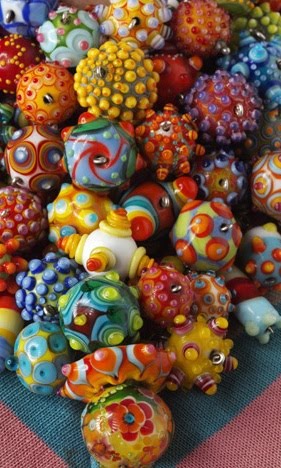I attempted to drill some holes in neodymium coin magnets. I taped four magnets to a small piece of wood to secure them for drilling. I knew I would need to work carefully because it's a brittle material, so I lowered the arm of the drill press EXTREMELY s l o w l y to bore through the 1/8" thick magnet. In my first attempt I drilled 2 holes (like a button) using a bit that was 1/64". This bit broke as I finished the second hole. My next try was to use a 1/8" bit to drill one hole through the center. Because the bit had so much surface area it created a lot of heat and friction on its way through-- enough heat to melt the tape that held the magnet in place. This is also how I learned that heat will undo the magnetization.
I began to feel unwell, and then my classmate found this online:
I began to feel unwell, and then my classmate found this online:
The lesson is this: If you're going to create dust or fumes of any kind and you care about health (your own as well as the health of other people in the same building), just look it up before you begin. The internet can tell you an answer for most questions, it's usually quick, and mostly free. You may have to do more research to find satisfying answers, but the important part is to remember to try.Neodymium compounds, like all rare earth metals, are of low to moderate toxicity; however its toxicity has not been thoroughly investigated. Neodymium dust and salts are very irritating to the eyes and mucous membranes, and moderately irritating to skin. Breathing the dust can cause lung embolisms, and accumulated exposure damages the liver. Neodymium also acts as an anticoagulant, especially when given intravenously.



No comments:
Post a Comment
What does your voice sound like?